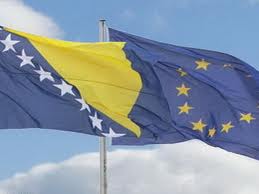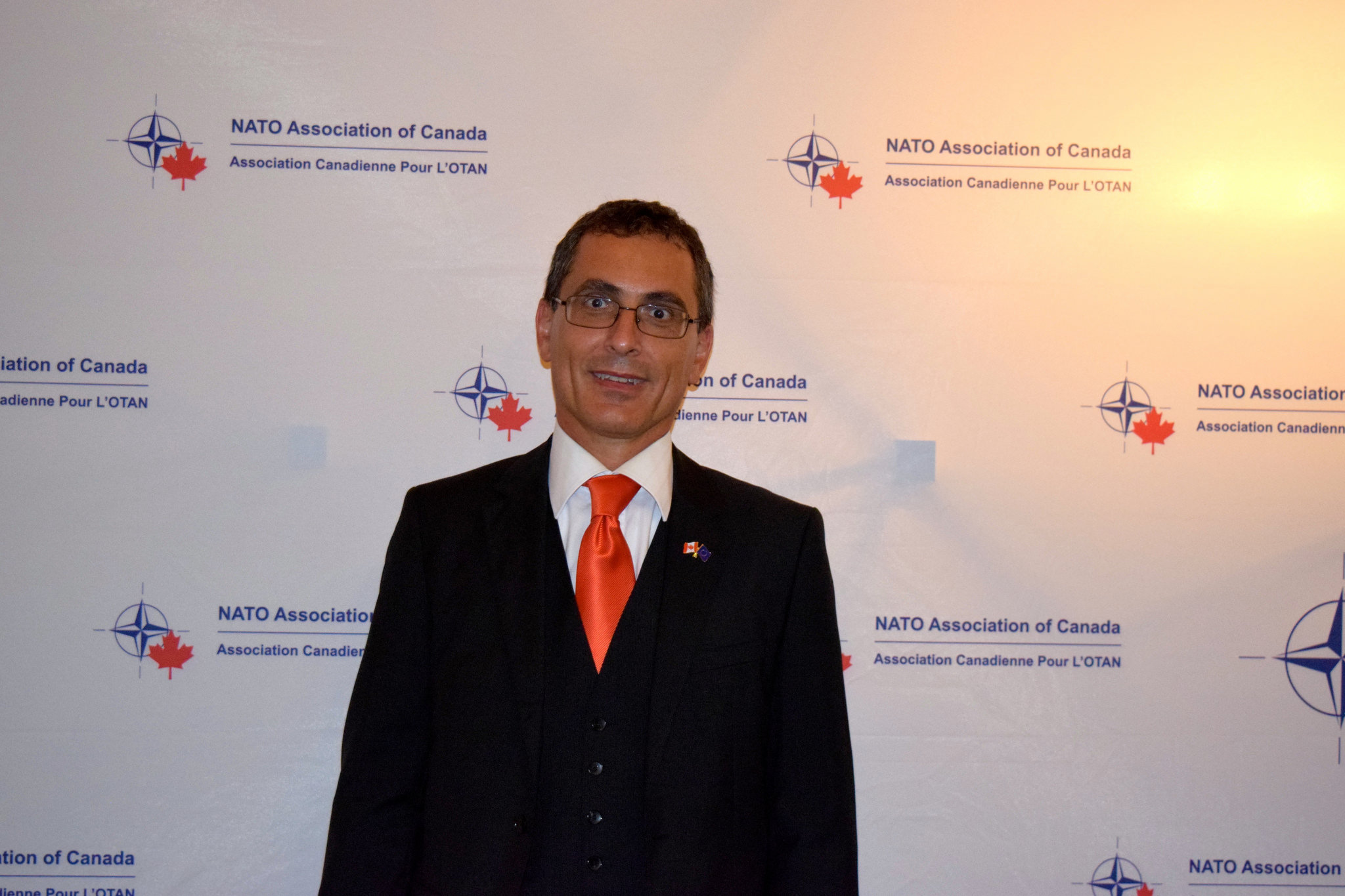F
rom the onset of its rise to prominence, the Islamic State has set itself apart from other Islamist groups through its sophisticated ‘PR and Communications’ strategy. It has stunned the world with its high caliber Hollywood-like videos, portraying heinous acts against its captives. But behind the glitz of visual media lies a wide range of other media that makes up the ISIS propaganda machine, each serving a specific role.
A Window into the Islamic State
One of the primary purposes of the ISIS media campaign has been to find support outside its borders, whether to recruit new combatants, or attract financial investments from wealthy benefactors. Viral videos are one medium they’ve routinely used to grab attention. They are a quick, eye-catching way of getting their message across. Often starting with the “Caliphate’s” catchy hymn, they present a positive narrative of the Islamic State by showing images of fraternity among jihadists, prosperity in the new “Caliphate”, and –most importantly- annihilation of all who stand in their way.
Published in a variety of Western languages, the virtual magazine Dabiq has also been a valuable recruitment tool. Around every month, this glossy journal is released on the Internet for the enjoyment of potential recruits, and ISIS enthusiasts alike. Utilizing attractive graphic designs, and well-written articles, they offer a feed of the “Caliphate’s” latest achievements on the battlefield, but also their actions towards the betterment of civilian life.
Frequently, Dabiq will also single out Western academics and journalists who have openly criticized the Islamic State, refuting their claims and demonizing them. Nestled between the twenty to thirty-some pages of propaganda is usually a short call to “Hijrah,” or immigration, to the land of “all Muslims”, the “Caliphate”.
While the format of their main sources of information is straightforward, they have limited access to outlets that can link them with the outside world. From early on, social media giants, such as Twitter and Youtube, have been actively eliminating all ISIS elements from their websites. As an alternative, the Islamic State has been using less popular social media outlets to get their message out.
Most notably, the relatively obscure social media platform ‘JustPaste.it’ has been a popular means used by the group to circulate its propaganda. The website is run by 26-year old Mariusz Żurawek during his spare time, from his bedroom in Poland. JustePaste.it allows users to create unsearchable webpages that can only be accessed if the user shares the link. Through this service, ISIS has been regularly uploading material online, and then sharing the links with its network. Individuals with access to the links later share them privately on the bigger social network platforms, further propagating the information.
Domestic Propaganda in the Nascent ‘Caliphate’
Following its conquest of vast territories in Iraq and Syria, ISIS became the de facto government of millions of indigenous civilians. Although most natives, mainly composed of Sunni Muslims, weren’t necessarily in support of the Islamic State’s tactics or ideology, many had been heavily disenfranchised by the Shiite government in Baghdad, and did not pose significant opposition to their new occupiers. While locals were easily pacified, ISIS still put in place an important propaganda network across its territory to solidify its control, and integrate its new polity with the ideology and policies of the ‘Caliphate’.
Unlike its online activity, domestic propaganda has been far more obscure: Outsiders have limited access to information from within the Islamic State, and whatever is available will be strictly written in Arabic. From time to time, images and ISIS media sources have temporarily surfaced online, but little has been reported on them. Here’s what we know so far:
Within ISIS territory, ‘PR and communication’ seem to be partially devolved to the different provinces created by ISIS. The image below presents the logos of some of the provinces’ media outlets, which have been seen recurrently in images of propaganda billboards, and visual media outlets (possibly television). These sources usually portray local events, such as beheadings, successful battles, or philanthropy towards locals.
Additionally, ISIS has been propagating print media to its masses, usually in the form of pamphlets through the “Maktabah al-Himma” (or “Library of Endeavour”) publication. While they consistently use fonts and graphic design choices that are similar to Dabiq, these pamphlets are far more numerous than their virtual counterparts- about 40 discovered so far- and are relatively plain in appearance. Their purpose appears to be bridging the gap between the “Caliphate” and its people.
Each pamphlet informs the reader about one of ISIS’ policies, or its propaganda rhetoric. Examples of pamphlets include: How women should properly dress, why Shiite mosques need to be destroyed, why Druze need to be eradicated from earth, Shariaa law, ISIS governance, raising arms in support of Caliph El Baghdadi, the Crusader airstrikes, etc. Photographic evidence of the pamphlets being distributed has been seen, but the extent of propagation is yet undetermined.
Whether to the outside world, or to its domestic population, the Islamic State’s propaganda machine has so far been focused on two axes: Graphic images of violence, and sensationalized written media. While we have become familiar with Dabiq, and the viral videos, more and more light is starting to be shed on their analogous counterparts within the territory.






